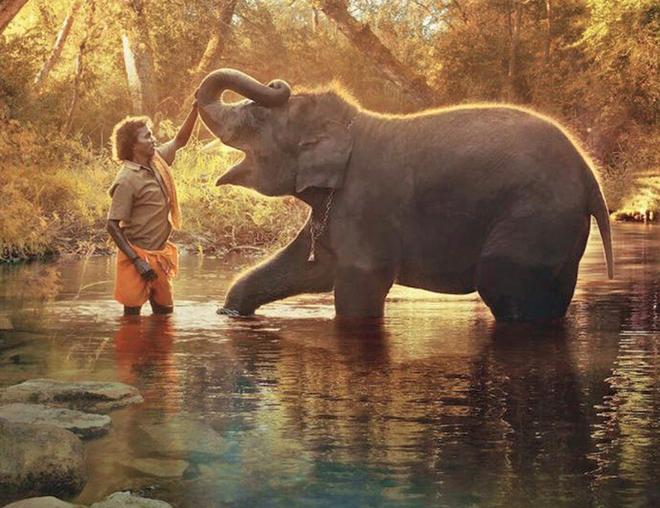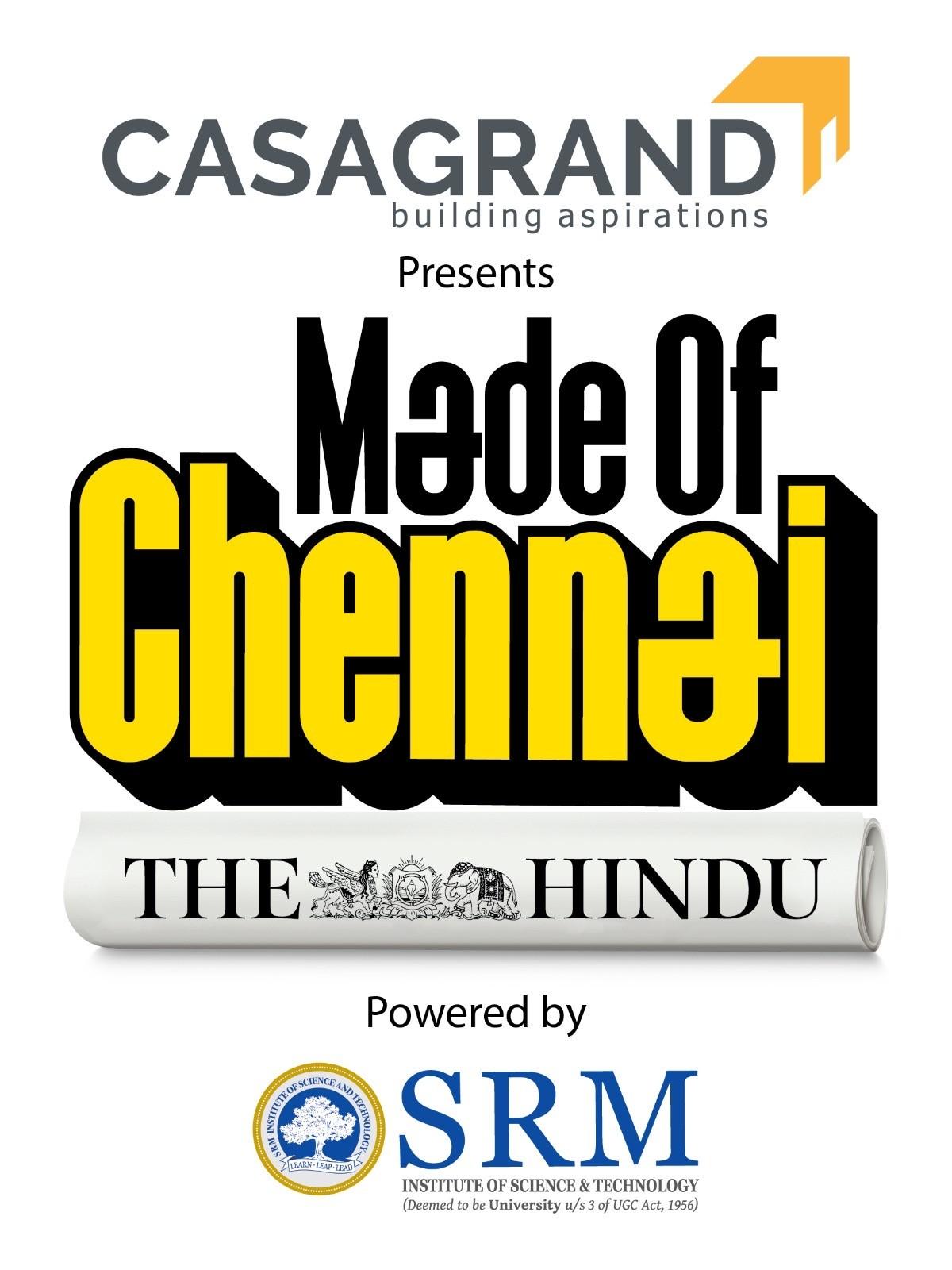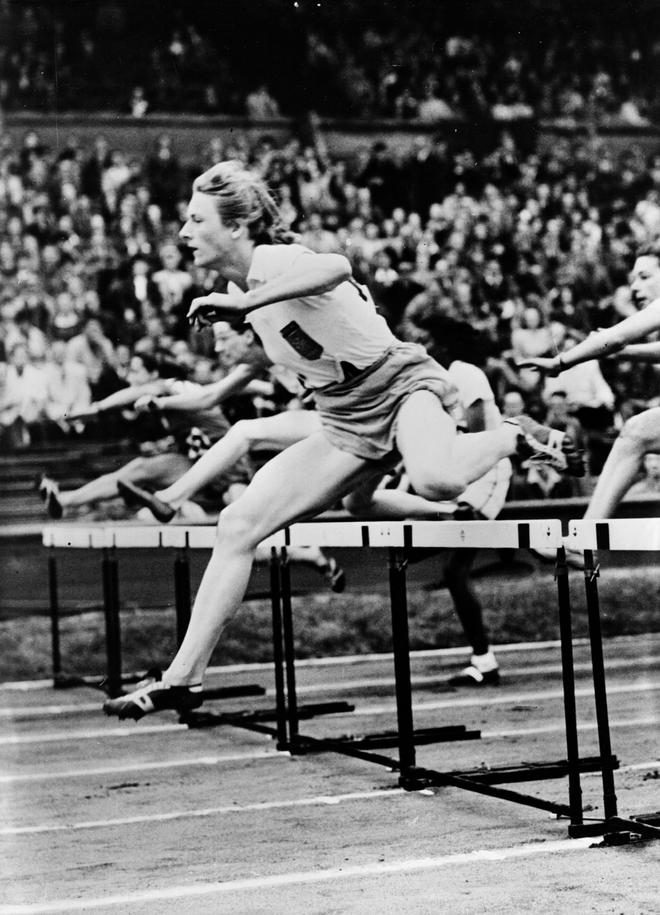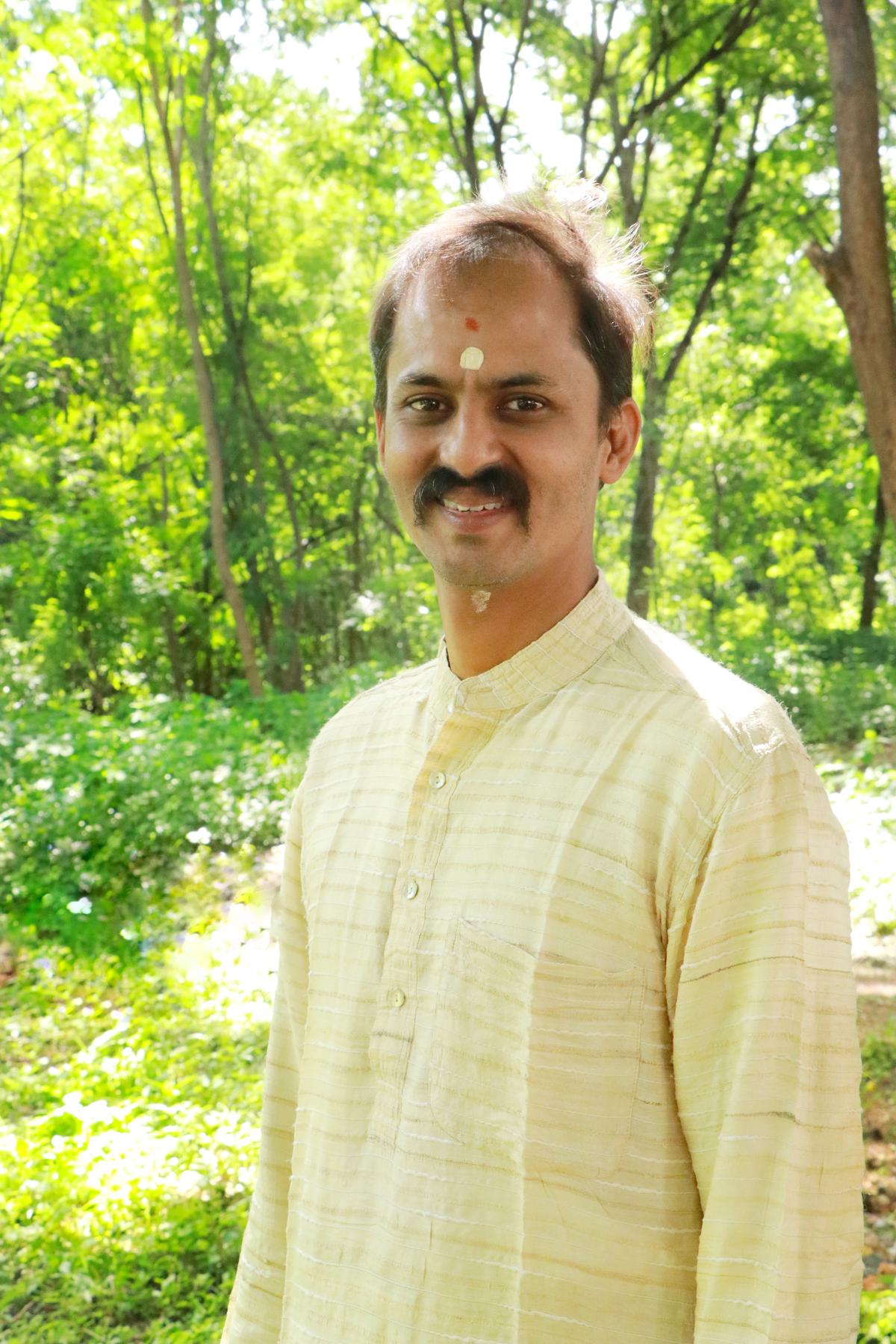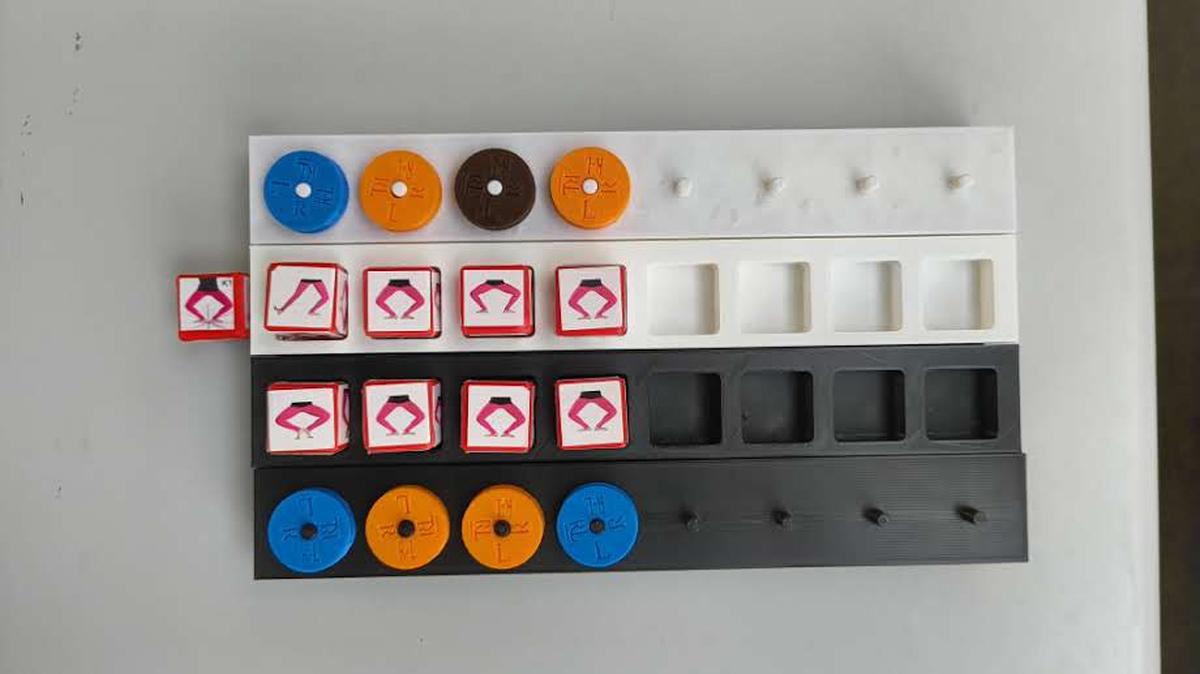Dance forms around the world are marked by uniqueness, owing to the traditions and cultural contexts in which they have evolved. While efforts have been made to preserve the distinctive character of each, little attention has been towards identifying the universal elements that connect them. It is often said that all forms of music, despite their diversity, can be can be comprehended through the seven notes. What, then, is the equivalent in dance? This basic question, posed by academician and dancer Jayachandran Surendran, led him to explore form-neutral and style-neutral universal fundamentals for dance.
Jayachandran’s decades of research led to the development of a pedagogical tool aptly named ATAM (meaning ‘motion’ or ‘movement’ in Tamil, at a fundamental level), the first of its kind to receive a design patent in India. He explains, “I observed that three parameters are universally present across all dance forms — postures, transitions between postures, and the rhythm in those transitions. Since my approach is based on the affordability and degree of freedom of each joint in the body, with a special focus on the lower half of the body, the tool can technically be applied to all kinds of movement. Movement is a common thread that runs through human activities such as sports, yoga, martial arts, dance, and theatre.”
In Bharatanatyam, the basic unit of movement is called an ‘Adavu’. Does Jayachandran attempts to go beyond this foundational element? Interestingly, he points out that the term ‘Adavu’ is not exclusive to Bharatanatyam; it is also used in traditional Indian martial arts such as Kuthuvarisai and Silambam. He argues that an Adavu is not intrinsically artistic; rather, it is a way of breaking down movement into smaller, functional units for pedagogical purposes. It is the intent of the movement which imports artistry to Adavu.
“Postures are common across various movement disciplines. The fundamentals of the classical dance forms have been assimilated also from the movement knowledge bank of martial arts and yogasana traditions. However, what differs across several movement systems is the transition — what happens between postures. While posture training forms the bedrock of dance learning, transitions are often absorbed through observation.”
The ATAM tool, according to Jayachandran, isolates these transitions, and teaches them separately, offering students a more conscious understanding of movement flow.
Jayachandran Surendran, researcher and classical dancer
So, how is the ATAM tool designed? To make it child-friendly, Jayachandran mapped six postures onto the six faces of a dice. There are three-coloured dice: black for standing postures, red for half-sitting, and blue for full-sitting. Dice are placed in white holders for on-beat movements and black holders for off-beat. Two dials are used — one indicates foot positions (right, left, both) and transitions (like stamping, placing, turning, sliding, or jumping, each shown by a colour), while the other specifies torso angles in 45-degree increments. These dials too are placed in white or black holders based on beat alignment.
The tool is intended primarily for children and beginners in dance to develop dance literacy. Jayachandran clarifies “When we talk about dance literacy, the goal is not to make someone a professional dancer, but to help those unfamiliar with dance become comfortable with dance movements. Athletic training makes the body literate for movement, even if one does not become an athlete. In the same way, dance literacy involves training the body and mind to overcome unfamiliarity with movement. It is about developing awareness, control, and comfort in one’s body through dance — not about performance, but about internalising movement as a language.”
In classical dance training, the body is often conditioned to repeat only certain combinations of movements. However, with the ATAM tool, all possible combinations within six basic postures are explored, fostering openness and flexibility in posture practice. “For children, no movement sequence is considered inherently right or wrong. If a particular combination already exists in a known dance form, we simply acknowledge it and move on. For those that do not have an existing name, we try to name them or inform them if a name already exists. As practice progresses, a two-beat movement may evolve into a three-beat one, and the number of possible combinations grows exponentially, reaching up to six raised to the power of three for a three-beat sequence,” he says.
An interesting aspect of this approach is the reversal of traditional classroom dynamics. In conventional dance teaching, the teacher is highly active in planning, while the student’s role is more passive. Here, while using the tool it is the opposite — the teacher remains mostly passive, keenly observing, intervening only when necessary. The children stay deeply engaged, often in pin-drop silence, with their attention fully focused on the tool. It becomes difficult to disengage them, as the process stimulates constant thinking. The tool allows for the creation of numerous variations in posture and angle, making it possible to capture the essence of all forms of dance within its framework.
The ATAM tool developed by Jayachandran Surendran
In the traditional knowledge system of the Nāṭyaśāstra, the way we read the śāstra often influences how we understand it. For instance, when the Nāṭyaśāstra speaks of five sthanaka postures, we tend to view them as distinct, fixed reference points. However, as a researcher, Jayachandran observes that there are many possible subtle in-between postures that the śāstra-kāras may not have explicitly mentioned, but left the practitioner to posit. He believes it is the responsibility of practitioners to explore and identify these transitional forms. A parallel can be drawn from music — while we are taught there are only seven notes, we know that between two notes lies a rich space for nuanced modulation, as seen in veena playing, where the pulling from one note to another opens expressive possibilities. Similarly, movement from one posture to another in dance involves not just fixed positions, but reference points, functional shifts, and continuous curves. Jayachandran’s approach includes identifying “pivotal index values” to map these transitions — such as naming a movement like Valithoruham as part of a larger curve. Instead of memorising each movement individually, he proposes understanding the frequency range and pattern of the movement like a graph or a curve, making the process more intuitive and less reliant on rote memory.
While posturing, transitions, and rhythm are common across all dance forms, the next question arises — can abhinaya also be brought into this framework? Says Jayachandran, “Training typically involves the anga, upanga, and pratyanga, with focus on both freeze points and transition points. Multiple modules can be developed to train different aspects — pure movement, abhinaya, and musicality. In the current system, pure movement training has been divided into upper and lower body segments. The research primarily concentrates on the lower half, as it forms the foundation of movement vocabulary. Even this area alone is highly complex, with a huge number of probable combinations. The upper body, especially in the context of nritta, remains an area to be explored. Extending this further to mukhaja abhinaya and other expressive elements opens up the possibility for creating a completely new movement vocabulary. What is currently being developed can be seen as a prototype that lays the groundwork for future expansion.”
Physically, the tool takes the form of a dice with posture stickers and a board with rotating dials placed at pivot points, resembling a Pallanguzhi board. This tangible setup is designed especially for children, offering a screen-free alternative to digital apps and helping to reduce screen time. A web-based app version is currently under development for further expansion. Ultimately, ATAM aims to provide a non-hierarchical, exploratory learning environment, especially for children, where movement is play, inquiry, and self-expression. A live demonstration, Jayachandran notes, is the best way to understand its potential.
